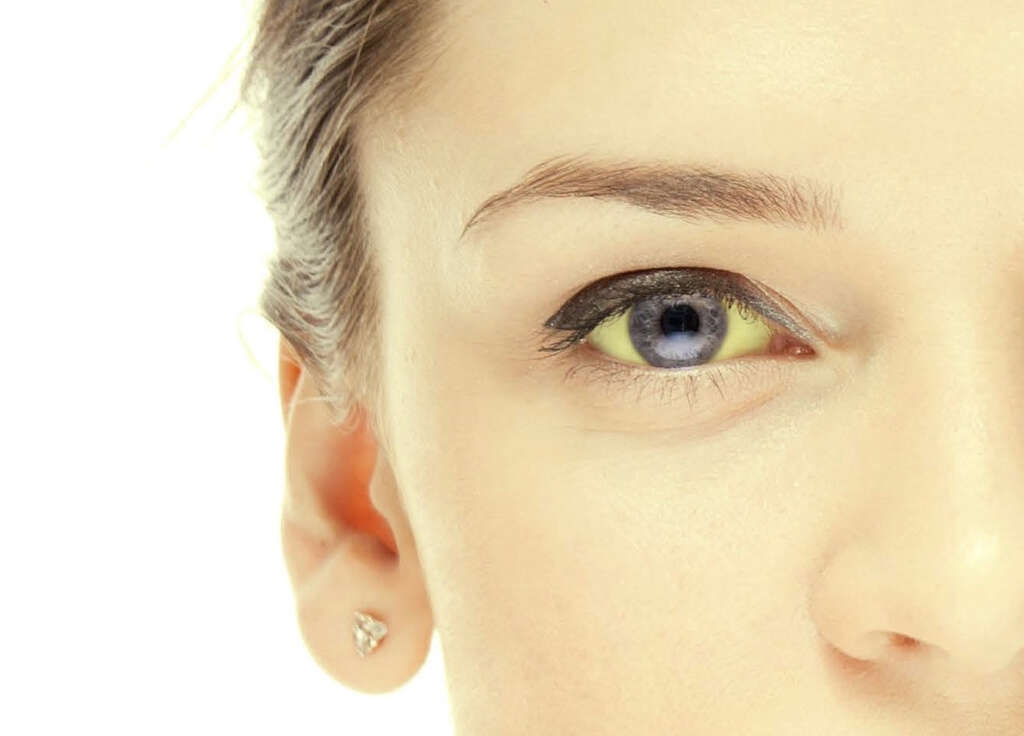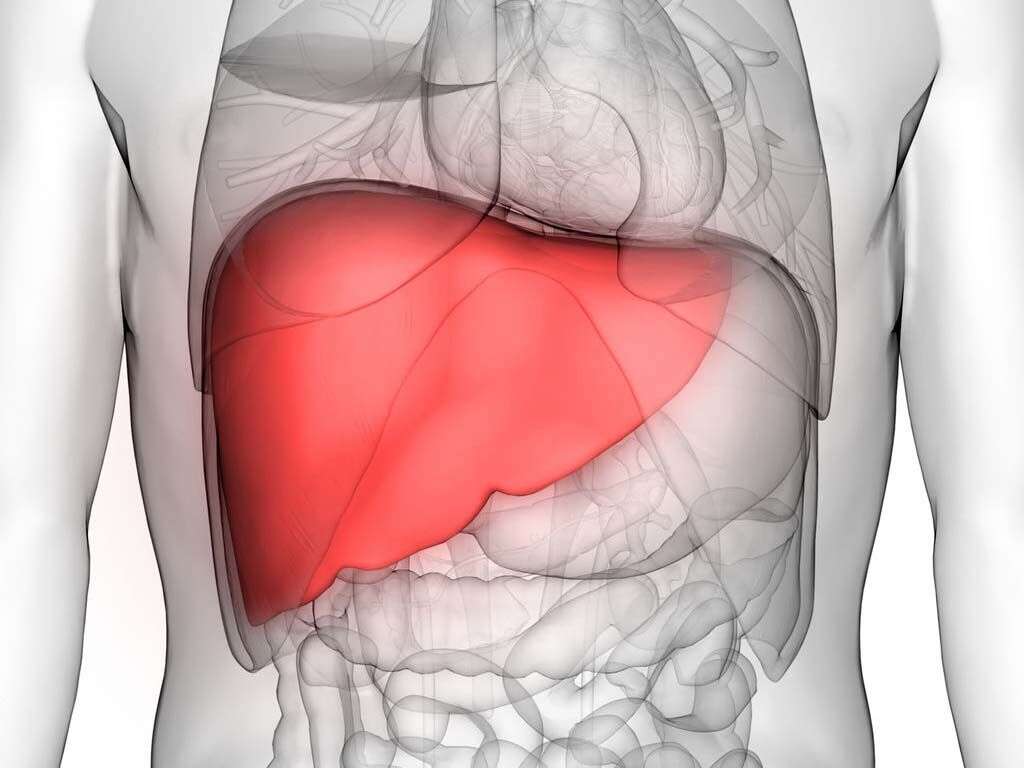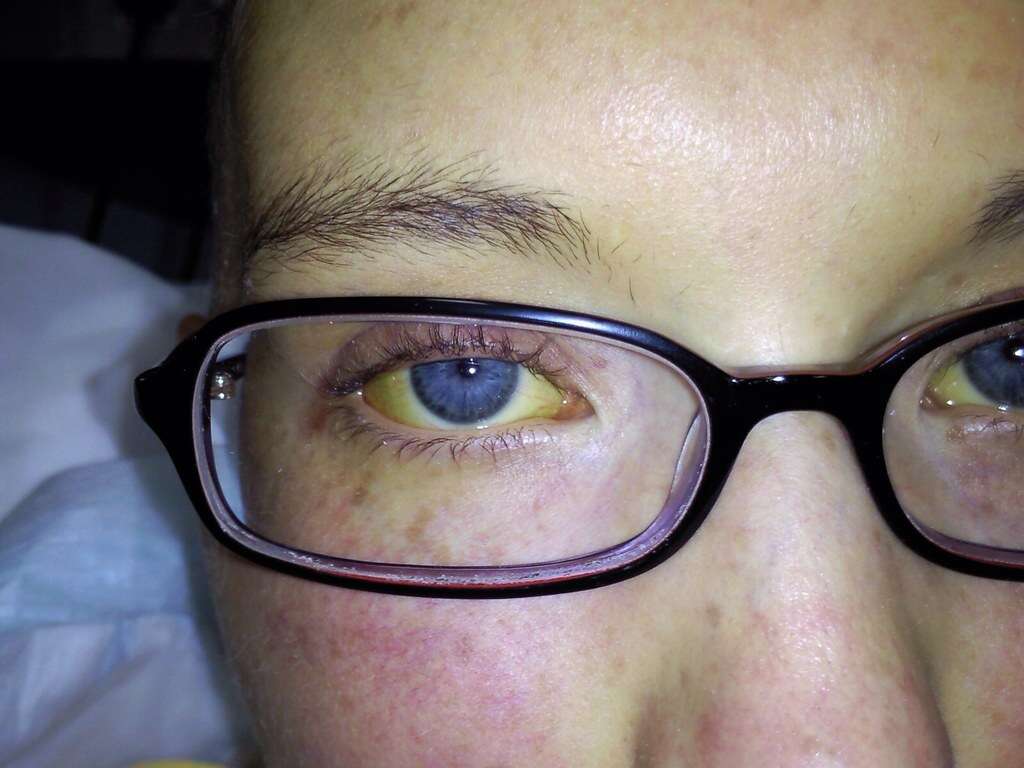10 Yellow Fever Symptoms
Yellow fever is a potentially fatal disease that is caused by a particular type of virus. The virus is spread by a certain species of mosquito, and it is most prevalent in Africa and the tropics of South America. Monkeys can also be infected by the disease, and a person can be infected by a mosquito that has fed from an infected monkey.
There is no known cure for yellow fever, although treatment can help to improve the patient’s chances of surviving the disease. There is, however, a vaccine that should be taken by people that are planning to travel to certain parts of the world.

1. Fever
Viruses generally don’t do well under high temperatures. If they get too hot then they will expire altogether, which is why some viruses are more likely to make you ill during the cold winter months. Our bodies have evolved a defense mechanism that helps to take advantage of this.
Our immune systems have evolved the ability to heat up our bodies to help deal with viruses and other pathogens.
This is known as a fever, and it is a fairly common symptom of falling ill. It is also a symptom of yellow fever. Patients with yellow fever are also likely to have a headache, and they can also experience aches and pains in their joints and muscles.

2. Appetite Loss
It is important that we continue to eat properly when we are ill. This is because we need plenty of nutrients to help ensure our immune system has all that it needs to fight the disease. We often don’t feel like eating when we are ill, however, and a loss of appetite is a potential symptom of yellow fever.
Another symptom in addition to not feeling like eating is nausea, which can cause the patient to feel like eating even less. The patient may also be vomiting, which is only likely to exasperate the problem even further. The lack of nutrition can also cause the patient to become light headed quite often.

3. Light Sensitivity
If you go from a dark room to a lighter room then it will take a short while for you to adjust. Walking into a brighter room would mean that, all of a sudden, there is too much light flowing into your eyes. Our irises quickly adjust accordingly to help prevent too much light from entering the eyes where it might otherwise do damage.
Some diseases can cause people to become more sensitive to light than usual, however, one of which is yellow fever. The patient can find the light levels uncomfortable even when they are not in a particularly bright room. They may need to keep the curtains drawn at all times, and they might also wish to wear dark glasses.

4. Flushed Face
Blood is flowing just beneath the surface of our skin and our blood’s red color helps to give our skin a red color also. If there was more blood than usual flowing just beneath the surface, then our skin will appear redder as a result. This can happen for a number of reasons, such as when our heart is beating faster due to surprise or embarrassment.
Some diseases can also cause the blood to flow just beneath the skin more so than usual, and yellow fever is one of them. This can mean that the patient can appear to be flushed in the earlier stages of the disease. Their tongue can turn red, and their eyelids can become inflamed, turning them red also.

5. Jaundice
Yellow fever gets its name from the fact that it can turn people yellow in color. This is down to a condition known as jaundice, and jaundice is a result of the presence of a substance known as bilirubin in the blood. Bilirubin is a naturally occurring substance that is usually processed by our liver.
Bilirubin is itself yellow in color, and having too much of it in the body will cause our tissues to turn yellow. That bilirubin is usually processed by the liver indicates that there is a problem with the organ if the patient has jaundice. Jaundice can be caused by a variety of factors, some of which are serious, so it should be checked out.

6. Kidney Failure
As mentioned, jaundice suggests that there is a problem with the patient’s liver. Serious cases of yellow fever will affect the liver to the point where it begins to fail. It is a potentially serious condition that should be addressed as soon as possible. In addition to affecting the liver, yellow fever can also affect the kidneys.
Both the liver and kidneys perform essential roles because they help to keep the body clean of toxins and impurities. If their organs were not able to perform their role then the levels of toxicity in the blood will increase, and it can be fatal.

7. Abdomen Pain
When yellow fever reaches an advanced stage, the patient can also feel considerable pain in their abdomen. They can also begin to suffer from internal bleeding. The patient is likely to be vomiting often, and their vomit is likely to contain blood. As the kidneys are affected, the patient is also likely to be urinating less frequently than usual.
Internal bleeding can be very serious as patients can lose a dangerous volume of blood. If you do notice blood in vomit or stools, then you should make sure to get medical assistance as soon as possible. The chances of survival if yellow fever has reached this stage are approximately 50/50.

8. Bradycardia
Every time the muscles of our heart contract, they compress the blood within the heart, thus forcing that blood out. The heart will continue to pump, and this means the blood will continue to flow around the body. The heart will beat at a steady pace to ensure the supply of oxygen and nutrients continues to flow as needed.
If your heart was to beat too slowly, then oxygen will not be distributed throughout the body fast enough. This is a condition known as bradycardia and it can be very dangerous indeed. The patient should be found immediate medical attention of their heart beat slows down by too much.

9. Nasal Bleeding
The tissues inside our nose are among the thinnest and most fragile in our body. This is why nose bleeds are relatively common. The tissues can become broken even by something irritating the tissues in some cases. While we do bleed from our noses relatively easily, however, we should definitely take notice if it is happening without explanation.
Yellow fever can cause the patient to start bleeding from their nose. The patient may also be bleeding from their mouth and even from their eyes. The patient will almost certainly have been diagnosed by this stage, but any unexplained bleeding should encourage people to see a doctor.

10. Coma
Severe cases of yellow fever can also have a direct impact on the patient’s brain and, by extension, their mind. The condition can result in delirium, which alters the patient’s mental state. They can become confused more easily than usual, they can hallucinate, experience delusions, experience decreased cognitive abilities, and lose their memory.
Yellow fever will also lead to seizures in some cases, and it can also lead to a coma. While some people can fully recover from a coma, the patient will be at a critical stage where they are likely to lose their life. Between 20 to 50 % of people that contract yellow fever will die.











